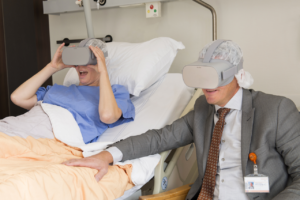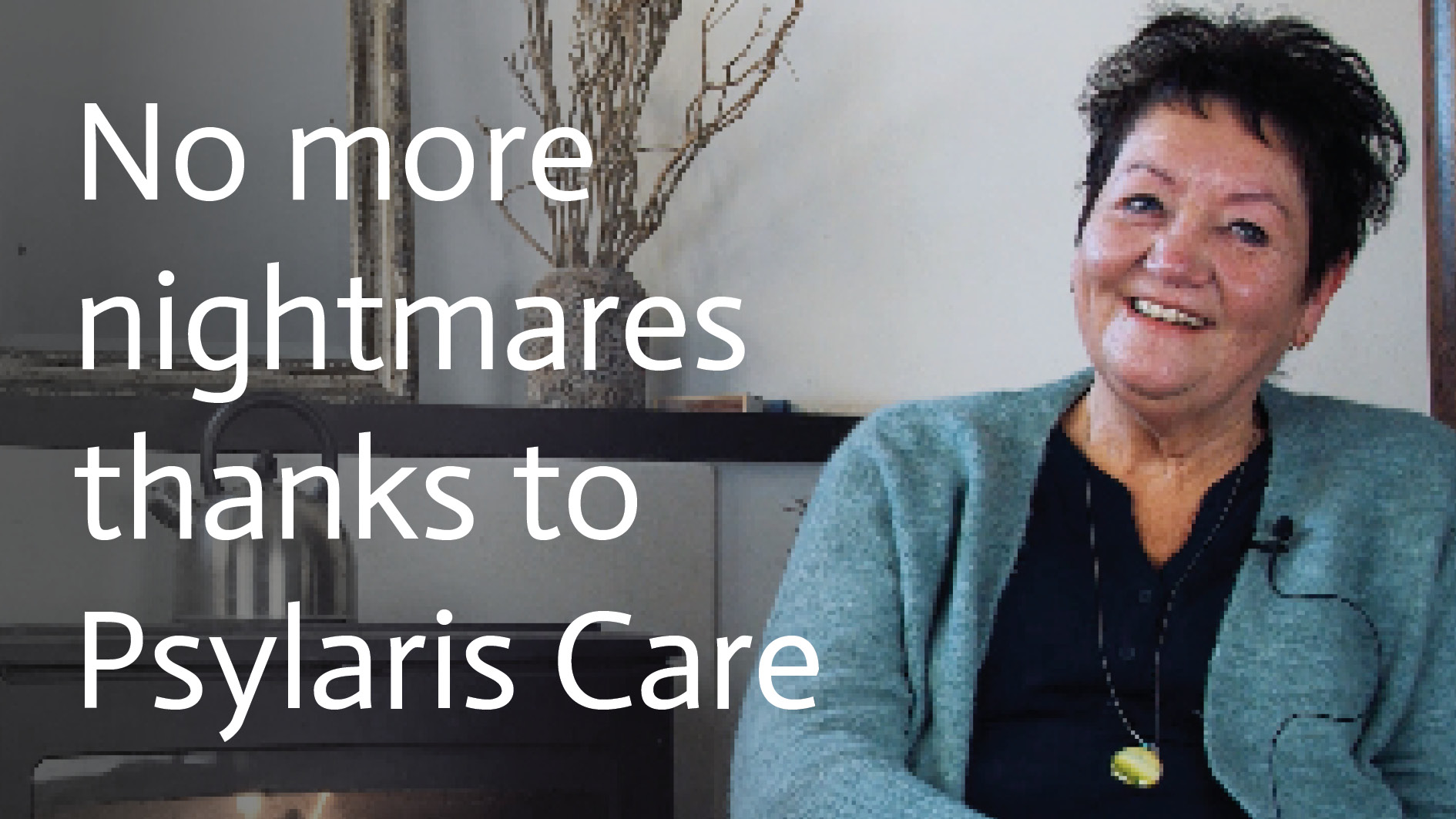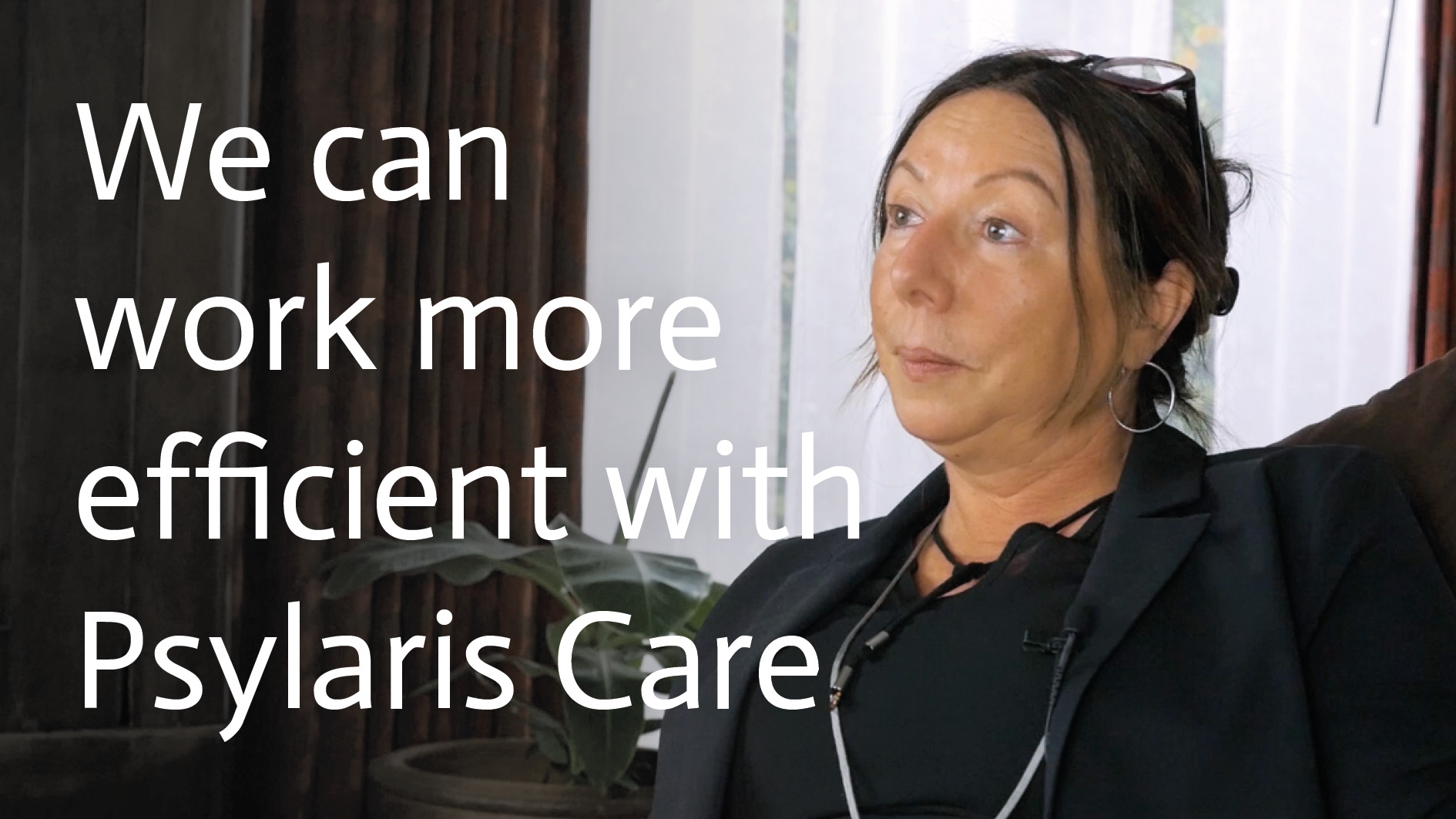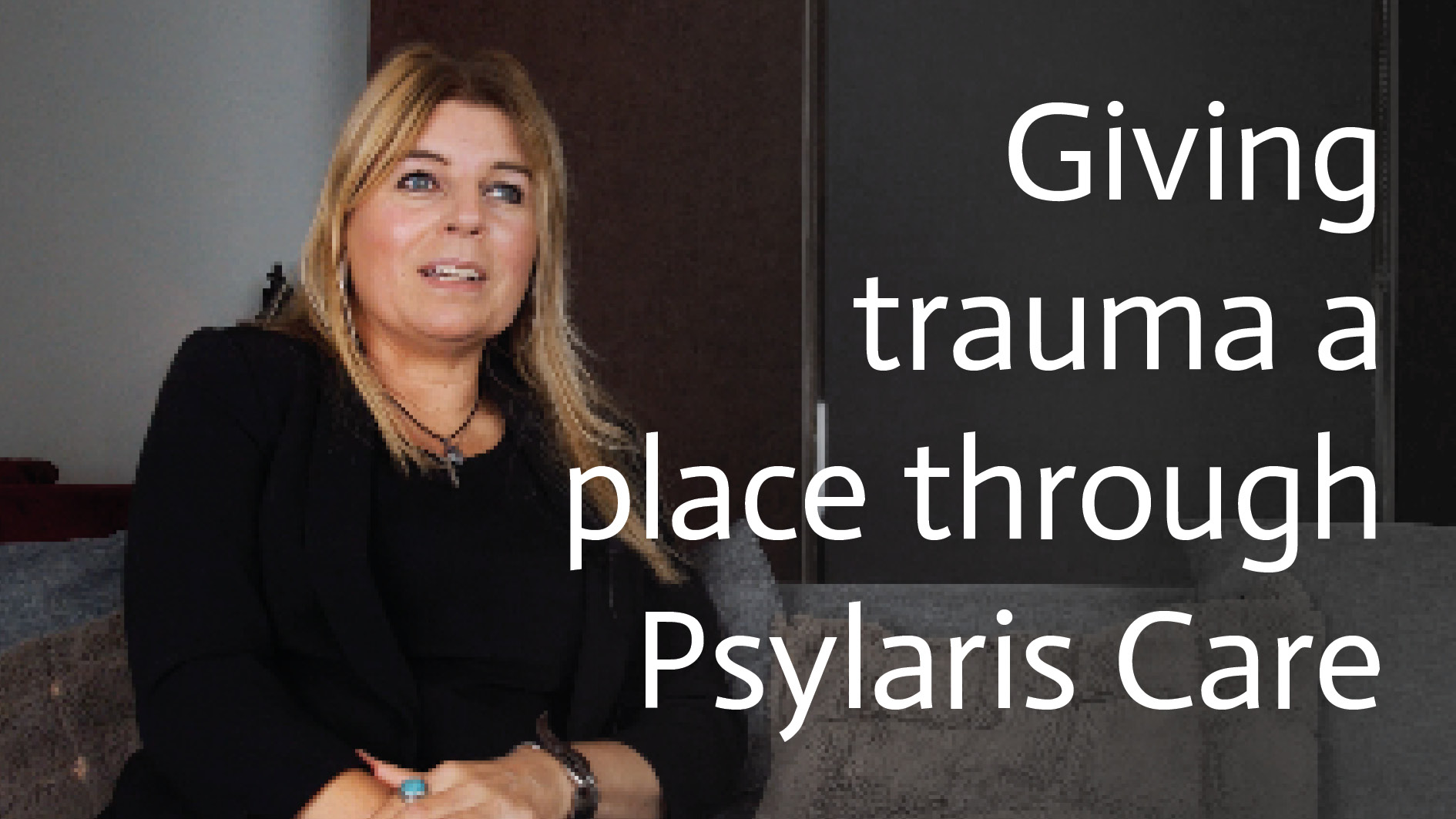Five useful tips for online treatment in the GGZ from practice.
A necessary switch to online treatment can be quite a task. You may suddenly have to work from home and the boundaries between work and private life may be blurred. Perhaps the contact with the patient via the computer feels a little awkward and you lose the overview because of all the changes. We have spoken to various therapists about how they treat online. On this basis, we have compiled these effective tips for a solid basis for successful treatment via the internet.
1. Start your working day in your office
Use the time you normally spend on the way to the office for a relaxed start to the day. Do you usually get up at 7am and leave for work at 8am? Then do the same if you work from home. Take your time not to be in a hurry and literally leave for work. Close the door of your house behind you and go for a walk. This way, you will arrive at your home office feeling refreshed and energised to start your working day.
Make sure you have a place in your home that you only use for working. If you can't create such a place, be creative and, for example, move your desk to another corner of the room and move it back when you have finished working. Another option is to put a painting or plant temporarily in another room, and put it back when your working day is done. That way, after working hours, the room will feel like home again.
2. Break the ice
For new patients, use icebreakers. These are little games to break the ice. An online treatment can feel very uncomfortable for the patient, but also for you as a practitioner. With the help of icebreakers you can try to take away this tension. Because there is often an unexpectedly funny result linked to the icebreakers, they can give a feeling of solidarity.
You probably already use icebreakers in your regular treatments, but they are less suitable for online use. With a screen in which both you and the patient are in the picture, however, a world of new possibilities opens up. For instance, you can mimic each other's hand movements. Because you are next to each other in the picture, this gives an unexpected visual effect. You can also make up a sentence together with the patient by taking turns making up a word. This way you get used to each other's voices and you can test the sound quality. Finish with a virtual high five.
3. Think in boxes
Make use of timeboxingThis is a technique whereby you divide your day into time slots. Plan in advance which activity you will carry out in which period. Determine in advance how much time you will spend on each activity and plan at least five minutes for yourself between each activity. For example, make up a series of stretches that you do once between each period. If you find it hard to drink enough water, don't put a jug of water on your desk, but plan different times during the day when you will go and get water from the tap. In this way you ensure that you do not sit at your desk all day.
Your planning may go beyond your working day. You can record different activities that you want to do in your spare time, but sometimes you can't find the motivation. If, for example, you want to go running after work three times a week, set it down so you can cross it off when you've done it. Be realistic and start with small goals. At the end of the week, it's a thrill to see that you've achieved all your exercise goals and it's a good time to raise the bar again.
4. Be a tech nerd
As a therapist, you may be better with people than with technology, but there is a world of possibilities at your feet if you immerse yourself in new technical gadgets from time to time. Invest in a good headset, for example. It will make your voice clearer and a well-sealed headset will also reduce ambient noise. Read blogs about technical news or start an app group with colleagues to keep each other informed of the best tools.
If technology really isn't your thing, then you can do a lot with clever tricks, such as turning off your microphone when the patient is speaking. The patient is then not distracted by your tapping on the keyboard, the slurping of your coffee or other unwanted background noise. Are you not used to this? Then practice with a colleague or family member to time the microphone on and off. Also be aware of the good qualities that you already possess as a therapist. You are probably very good at getting people to talk. And that already gives you an advantage over many people who now suddenly have to meet in conference calls.
5. Cherish the peace
Your free time is especially important when the boundaries between work and private life are blurred. During your breaks and free time, make sure you give your eyes enough rest by not staring at a screen. For example, answer all your personal emails in the morning before work, and plan a time to respond to emails in the evening. That way, everyone will have an answer within a day and you won't be playing with your phone all day. Listen to a short podcast on your break or between treatments instead of scrolling through your social media timeline. Go outside and make sure you can see into the distance. Is it raining? Then simply stare out the window for a while.
Of course, the fact that you have to safeguard your free time does not mean that you have to remain calm and composed all the time. Just because you're at home, you can and may do something crazy. Do a dance with your children, laugh out loud at a silly film or sing along loudly to your favourite song on the radio. Not too loud of course, because your voice will be indispensable at your next session.








